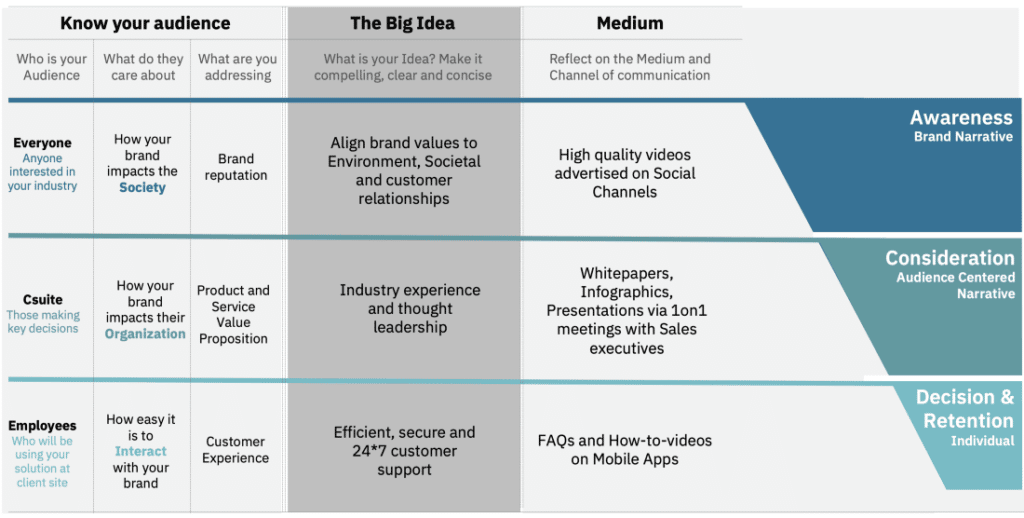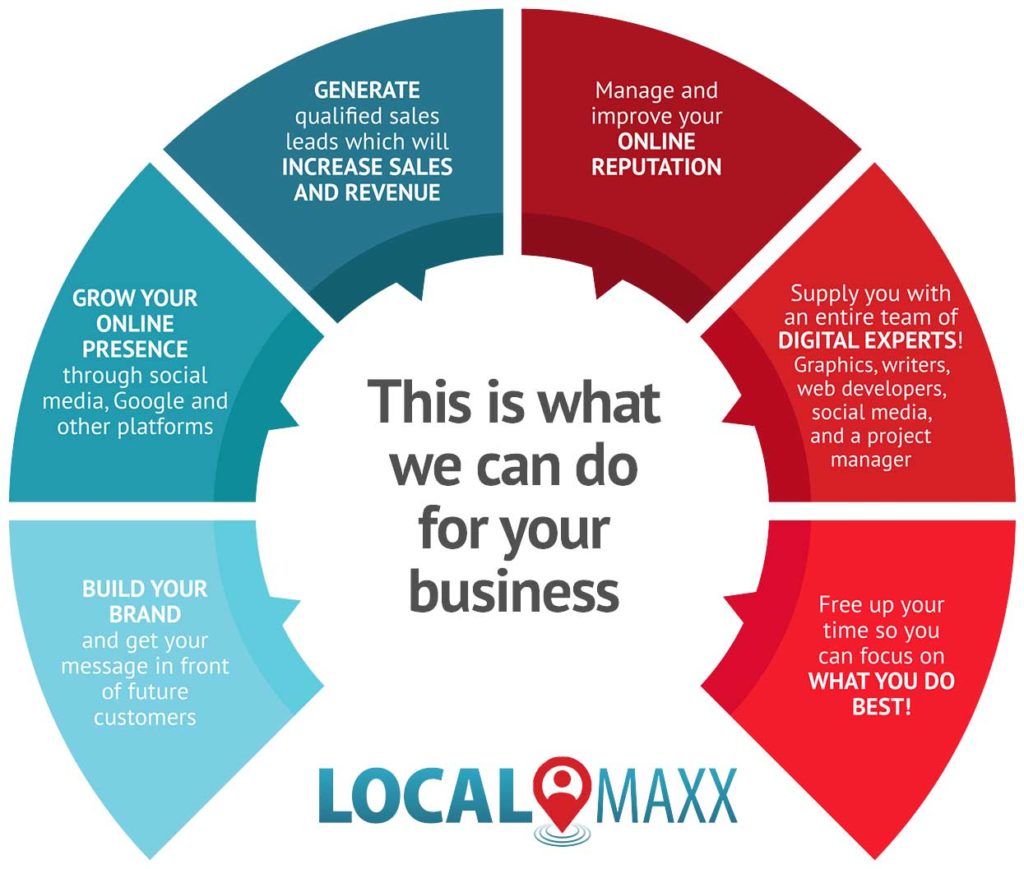If you want your B2B company to succeed, then a well-executed marketing strategy is essential. However, many businesses have trouble creating compelling content for their target audience will want to watch. For example, in 2020, Statista found that the most popular type of video for B2B communication was product videos, with explainer and how-to videos not far behind. Businesses need to find more exciting ways to share information with their audiences. An essential element to good content is storytelling.
In this article, we’ll explore how storytelling can help revitalize your marketing tactics and overall b2b video strategy in order to make your content more engaging and compelling.
What is Storytelling in Business?
You’ve probably heard the term “storytelling” used concerning businesses, but what does it mean? Simply put, storytelling is the act of using narratives to promote your brand and connect with your customers on a deeper level. When done effectively, storytelling can be a potent marketing tool. Here’s a closer look at why storytelling is essential in business and how you can use it to your advantage.
Humans have been telling stories since the dawn of time. It’s a deeply ingrained part of who we are, and it’s one of the most effective ways to communicate information. When you tell a story, people are more likely to remember what you’ve said and become emotionally invested in it. That’s why stories are such a powerful marketing tool—they can help you connect with your audience personally and make a lasting impression.
The Power of a Story in the Buying Process
In today’s business world, it’s all about marketing. Businesses need to market their products or services to stay relevant and keep up with the competition. But gone are the days of traditional marketing techniques like advertising; today, businesses need to be more creative to capture their target audience’s attention. One way to do this is by incorporating storytelling into the buying process.
Storytelling is a powerful tool that can help businesses build connections with their customers. A good story can make a customer feel like they know the company and create an emotional bond that leads to customer loyalty. What’s more, stories are memorable and can help customers remember your business when they’re ready to make a purchase.
The Walt Disney Company is an excellent example of brand storytelling. Along with telling stories through content, the Walt Disney Company embraces storytelling in every part of its brand, including the mission statement:
“The mission of The Walt Disney Company is to entertain, inform, and inspire people around the globe through the power of unparalleled storytelling, reflecting the iconic brands, creative minds, and innovative technologies that make ours the world’s premier entertainment company.”
However, it’s important to note that not just any story will do. For a story to be compelling, it needs to be well-crafted and relevant to your brand. It should also be authentic and transparent; customers can spot a fake story a mile away, and they’ll quickly lose interest.
Your story should have a clear message about your product or service. After all, you’re still trying to sell something! If done correctly, however, storytelling can be a very effective way to market your business and make sales.
The Science Behind Storytelling
Why does storytelling work so well? Well, there’s some science behind it. When we hear a story, our brains release dopamine, which is associated with pleasure and happiness. At the same time, oxytocin — called the “cuddle hormone” — is released, which helps us feel bonded to others. In other words, when we hear a good story, we not only enjoy it on an emotional level, but we also form a physical connection with the person who is telling the story.
Moreover, stories activate parts of our brains that ads cannot reach. When we see an ad, our brains process it in the rational part of the brain, known as the prefrontal cortex. However, when we hear a story, our brains process it in the emotional part of the brain, known as the limbic system. This means that stories have the power to bypass our logic and appeal directly to our emotions—which is often what motivates us to make a purchase.
Essential Elements of Storytelling for B2B Buyers
Storytelling is an essential part of marketing, especially for B2B buyers. After all, businesses are made up of people, and people respond to stories. In addition, stories humanize your brand and allow you to connect with your audience on an emotional level. But what exactly makes a good story?
Here are five elements of storytelling that will help you connect with B2B buyers.
1. An Identifiable Protagonist
The first step to any good story is identifying the protagonist. In other words, what is your story about? The protagonist can be your brand, a specific product, or even a customer. The important thing is that the reader can quickly identify who the story is about and what role they play in the story.
When you’re crafting your story, make sure to focus on the protagonist and their journey. What challenges do they face? How do they overcome them? What lessons do they learn along the way? By answering these questions, you’ll be able to create a story that is both relatable and inspiring.
So take the necessary time to choose your characters wisely.
2. A Conflict or Challenge
Every good story needs conflict or a challenge to overcome. This conflict gives the story tension and keeps the reader engaged. For example, if your brand is the protagonist, the conflict could be something like trying to enter a new market or developing a new product.
Finding the right conflict can be tricky, but ensuring it is relevant to your audience is essential. After all, you want them to be able to relate to the challenges your protagonist is facing. You also want the conflict to be something that can be resolved so that your story has a happy ending.
3. A Resolution
Of course, every conflict needs a resolution. The resolution makes the story satisfying for the reader and leaves them feeling positive about your brand. For example, if your brand overcomes the challenge of entering a new market, the result could be increased market share or higher profits.
Using a resolution to tie back to your brand’s bottom line is a great way to ensure that your story is relatable and impactful.
4. A Clear Moral
A good story should have a moral or lesson that speaks to the reader personally. This could be something like ” hard work pays off” or ” family is everything.” The important thing is that the moral resonates with the reader and helps them see your brand positively.
If you’re having trouble coming up with a moral for your story, think about what you want your audience to take away from the story. What values do you want to communicate? What do you want them to remember about your brand? Once you have a clear idea of what you want to share, you’ll be able to explain the story coherently.
5. Emotional Appeal
Lastly, every good story should have an emotional appeal that speaks to the reader’s heart. This could be anything from laughter to tears, but it should evoke some emotion to connect with the reader.
You should never underestimate the power of emotion in marketing. Studies have shown that emotions play a significant role in purchase decisions. So if you can make your audience feel something while they’re reading your story, you’re more likely to make a lasting impression.
Types of Stories Businesses Should Tell
There are endless possibilities regarding the stories you can tell as a business. However, not all stories are created equal. Some stories are more likely to resonate with B2B buyers than others.
Here are a few of the most effective types of stories for B2B marketing:
The Origin Story
Every business has a story about how it came to be. This is the origin story, and it can be a potent tool for marketing. After all, everyone loves a good underdog tale, and an origin story lets businesses position themselves as the underdog who fought their way to the top.
Some origin stories are inspiring, others are funny, and others are heartwarming. But they all have one thing in common: they humanize businesses and make them more relatable. And when potential customers can relate to a company, they’re more likely to do business with them.
The Customer Success Story
One of the best ways businesses can market themselves is by letting their customers do it. Customer success stories are testimonials in which happy customers talk about how a business’s products or services have helped them achieve their goals.
These stories are compelling because they come from real people with firsthand experience with a business’s offerings. They’re also much more believable than anything a company could say about itself. After all, we’re more likely to believe someone we know than a total stranger—even if that stranger is a business.
The Expert Story
People love experts. We trust them because we know they have knowledge and experience that we don’t have—which means they’re better equipped to help us than we are to help ourselves. So when businesses position themselves as experts in their field, they build trust with potential customers and make themselves more attractive as partners.
There are a few different ways businesses can tell expert stories. For example, they can share case studies that demonstrate their expertise in solving particular problems or write blog posts or give interviews that show off their knowledge base. But, no matter their approach, the goal should always be the same: to show prospective buyers that they know what they’re doing and that they’re the best ones for the job—whatever that job may be.
Things to Avoid When Incorporating Storytelling Into Your B2B Strategy
Of course, there’s a right and wrong way to incorporate storytelling into your B2B marketing strategy. However, if you want to use storytelling effectively, there are a few things you should avoid:
Making It All About You
One of the most common mistakes businesses make when incorporating storytelling into their marketing is making the story all about them. As a result, your audience doesn’t care about your product or service; they care about themselves and how your product or service can help them solve their problems.
Overselling
Another common mistake businesses make overselling their product or service in the story. Remember, the goal of storytelling is not to close a deal; it’s to build a relationship with your audience. If you come across as too salesy, you’ll only turn people off.
For example, if you’re telling a story about how your product has helped someone solve a problem, don’t use it as an opportunity to focus on the features and benefits that come with using your product. Instead, focus on the emotional connection people have with solving the problem and provide examples of how your product made that possible.
The key is to tell stories that emphasize how your product or service can make their lives easier, not to focus on the features and benefits exclusively. That way, you’re connecting with your audience in an emotional way and allowing them to get to know what your business is all about – not just what it sells.
Being Boring
Another way businesses often fail at storytelling is by being boring. After all, if your story isn’t interesting, nobody will want to listen to it. To avoid boring your audience, focus on creating stories relevant to their needs and challenges. Share emotionally charged stories that will stay with them long after they’ve finished reading or listening. And above all else, make sure your stories are well-written and engaging from start to finish.
If you are telling a story about how your product or service has helped someone, try to make it exciting by adding humor, suspense, drama, and other elements that will keep people engaged. By doing this, you can ensure that people will want to read or listen to what you have to say – and they’ll be more likely to remember your story and your business in the long run.
Failing to Follow Through
Finally, one of the most common mistakes businesses make when incorporating storytelling into their marketing is failing to follow the promise made in the story. For example, suppose you tell a customer story about how one of your customers increased her sales by 20% after using your software but failed to deliver similar results for other customers. In that case, you will have some agitated people on your hands.
Don’t get your customers’ hopes up with a story unless you can deliver the same or better results. It’s important to ensure that what you say in your stories is actually true and reflective of the level of service you offer. That way, people will have confidence in your business and develop an emotional bond with it – which is exactly what storytelling is all about.
Grow Your Business With Storytelling
Storytelling is a powerful tool that can be used to revitalize your B2B video marketing strategy. Using customer success stories, positioning yourself as an expert, and avoiding common mistakes, you can create engaging content that will help you build relationships with potential customers and increase sales.









